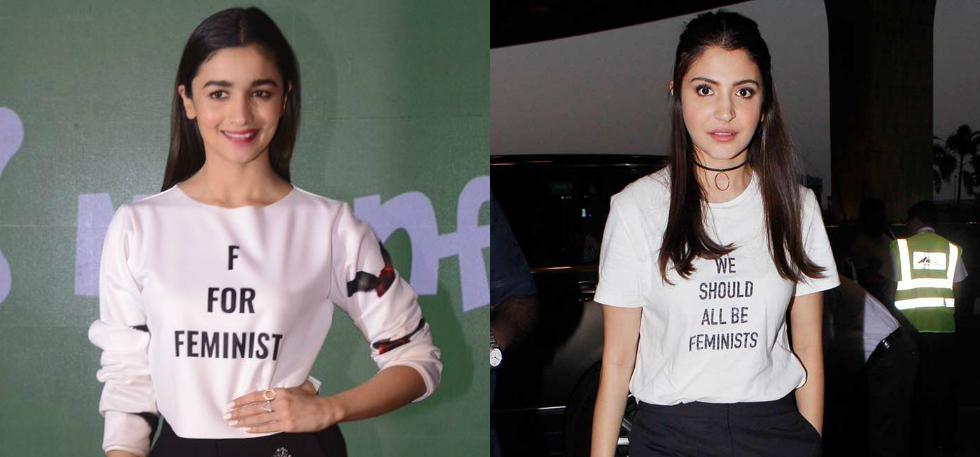Bollywood and it�s story on 'Feminism'.
Controversies are not a new phenomenon for Bollywood however the recent attacks on the industry have garnered a lot of attention. The Bombay film industry has once again been embroiled in controversy, amidst the ongoing debate, feminism and the film industry is one issue that needs the to be addressed and requires an in depth analysis.
It would be interesting to note that many film critics accuse the industry of being anti-feminist or using a woman as a second fiddle or prop for the hero. Further the industry is also blamed for sexualizing and commercializing a woman’s body for attracting audiences, no wonder skimpy dresses and item numbers of the actresses become an important strategy for a film’s success. But delving deeper into film history one realizes that film industry was initially an important bastion of the empowered, independent and creative Indian women. Women like Devika Rani and Fearless Nadia; who were ready to challenge the traditional image of the docile Indian women and left a lasting impression on the minds of the audience and were active members of the film fraternity, both on and off the camera.
It was women like Devika Rani who not only ran the biggest film producing studio of Bombay, Bombay Talkies, for almost two decades (1929 -1945) but also mesmerized the audience with her performance in films like Achhut Kanya (1936), Jeevan Prabhat (1937) and Izzat (1937). Bombay Talkies is also credited for launching careers of illustrious stars like Ashok Kumar, Leela Chitnis, Dilip Kumar, Madhubala and Mumtaz. In his autobiography Dilip Kumar talks about being interviewed by Devika Rani for a role in her upcoming film Jwar Bhata (1944), which in itself is a sign of the feminist work culture of the Indian film industry. Even in the everyday working of the industry women artists had an important role to play. It is said that it is because of the support and patronage of these actresses that many struggling actors could get films and grew career wise. According to some industry insiders Meena Kumari took a liking for the young and handsome Dharmendra and ensured that he was signed by big producers. Amitabh Bachchan’s fortune also soared after his marriage with Jaya Bhaduri, who was already a super star when she met the angry young man, while Amitabh was still a struggling actor. Same was the case with Nargis and Sunil Dutt, it was Mother India (1957) that proved a turning point in the life of Sunil Dutt, both personally and professionally.
Discussing feminist portrayals and the roles that were written for the actresses during 1940- late 1950’s it is no surprise that women were not mere showpieces but carried the film on their shoulders. From the iconic Radha of Mother India (1957) to the innocent yet stubborn Rosie of Guide (1965), Hindi films have always presented its female antagonists in an array of beautifully crafted characters and interpretations. From the alcohol addict and depressed Choti bahu of Sahab bibi and Ghulam (1962) to the physically and emotionally exploited Amiraan of Umrao Jaan (1982) Hindi films have always strived to represent the many hues of the typical Indian women; who suffer because of their vices and virtues but still come out stronger and victorious. Women, who cannot be stereotyped but are nonetheless pressurized and judged by the society at large.
In the words of yesteryear’s actress Waheeda Rehman, the iconic song “Aaj Phir Jeene ke tamanna hai, aaj phir marne ka irada hai” was not just a song but can be regarded as the anthem of feminist revolution in the film industry.
The Hindi film industry might be going through a rough patch and like any other industry it might suffer from its own problems like nepotism, exploitation and drug abuse. But to accuse it of being anti-feminist or patriarchal in nature is a gross misconception that needs to be cleared.





The Brief. Sign up to receive the top stories you need to know right now.